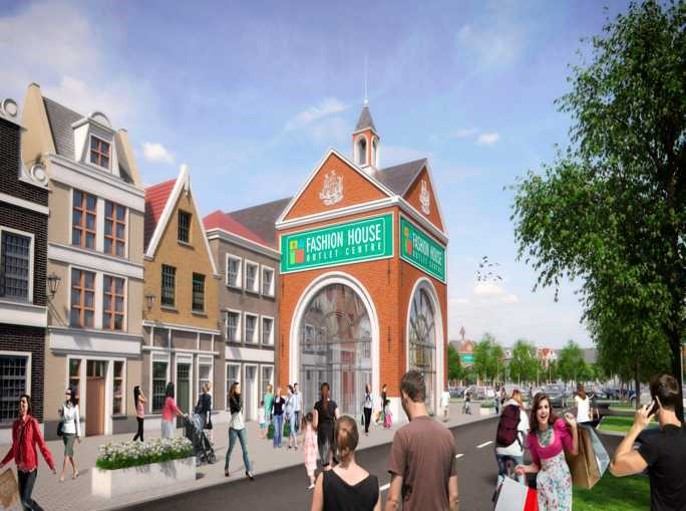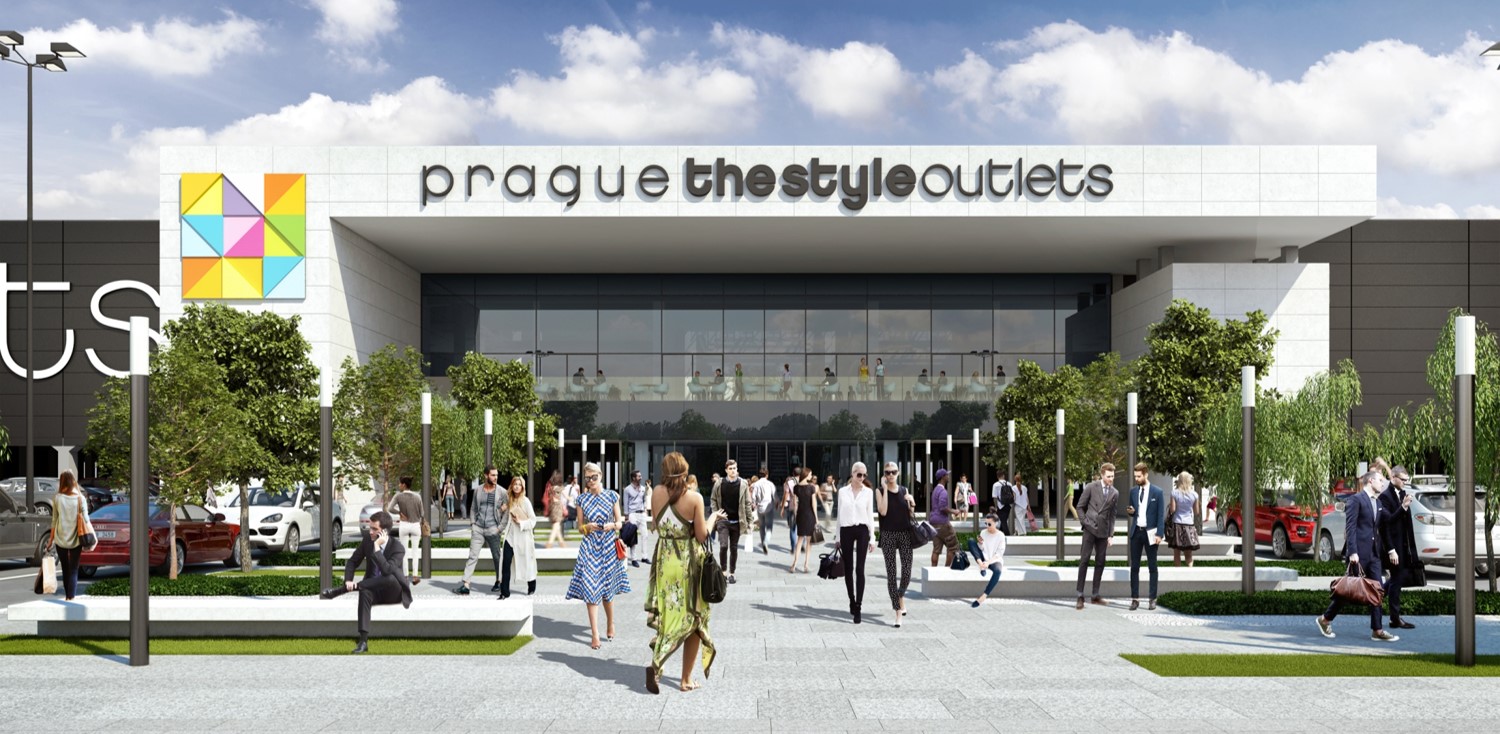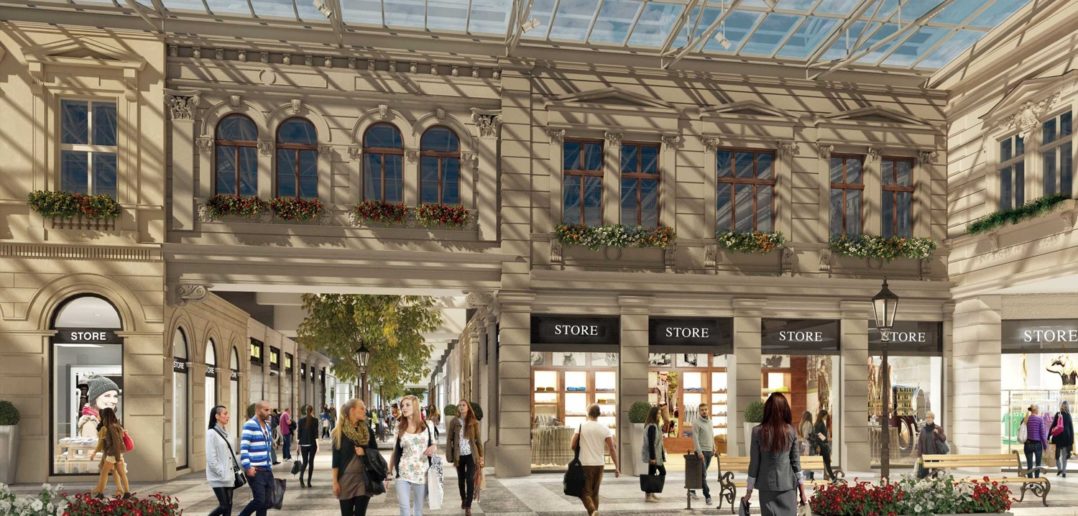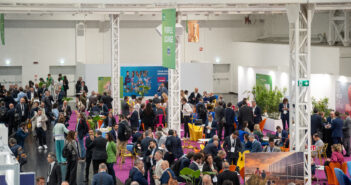1. Fashion House: Opening up the Russian and CEE markets
“Outlets are an excellent retail channel for brands. The number of new tenants opening stores is constantly increasing,” says Brendon O’Reilly, managing director of Fashion House Group. “But there are still some fantastic brands that are not entirely convinced of the outlet concept and, as an industry, we have to share our knowledge and ideas with the market as widely as possible. The MAPIC International Outlet Summit creates a great opportunity to do so.”
O’Reilly points to the importance of an individual approach to every business partner and every tenant. “No matter if you operate in Western Europe, CEE, Russia or elsewhere, you have to understand the specific goals of each brand,” he says.
There is a crucial need to have a dedicated outlet team on board, with a proven track record in leasing and management. Its experts can precisely advise brands how much space they need or how they should organise their outlet business. – Brendon O’Reilly
“It is easier to talk with international companies that have a long outlet history in other countries. However, I have a lot of positive experience with domestic companies. You must invest enough time and adapt solutions to their individual needs – to find out the best for their business.”
He describes Russia as a “huge country with enormous potential” and says that although retail real estate is linked with capital Moscow, there is a clear trend for investors to scale back their development plans in Moscow, meaning the importance of regional markets is increasing.

© Fashion House
“St Petersburg has become the most popular investment destination for the first time, although I strongly believe that there is still room for further expansion in Moscow, especially expansion and innovation in existing schemes,” says O’Reilly. “Considering the city’s financial strength, the outlet industry has an interesting proposal for luxury brands. At the same time, new outlet centres, more focused on mass brands, are expected in St Petersburg and other regional markets. Russia is capable of absorbing another 20–25 outlet centres in the next several years.”

Mixed use retail and leisure: What happens next? – White Paper
2. TORG: Assessing the US, the original market
“The outlet industry has matured in the US and become an extremely profitable and vital channel for brands and retailers,” says Lisa Wagner, principal at TORG. “The industry has begun to mature in Europe, to the extent that consumers in the markets in which centres are located have become familiar with the segment and accepted outlets as a regular part of their shopping pattern.”
She feels that outlet operators have become proficient at creating and marketing shopping destinations to draw from their catchment areas and particularly the tourist market.
At the same time, the brands operating in the industry have hit their stride, having refined their merchandising assortments, their pricing and their promotions. As they have transitioned into becoming better merchants in the outlet space, they have won over shoppers. We see strong sales gains in the centres as a result. – Lisa Wagner
“However, we caution that the learning never ends, and both operators of centres and retail brands need to keep the offer fresh and exciting.”
She recalls that the industry originated in the US as a means of solving an overstock problem and says that due to its beginnings during the time when department stores and other wholesale accounts still retained a great deal of power, the centres were largely in tourism areas and well outside metropolitan markets. That location strategy has changed, with centres coming closer to population centres.
“This change is propelled in part by the Millennials, who grew up with outlet shopping and are now the most frequent and largest group of shoppers at outlet centres,” she says. “This group is less tolerant of travelling distances to shop, and also wants blended uses such as dining, entertainment, and other types of retail. This change has morphed into mixed use projects with residential and office uses, as well as hotels and sports centres and museums.”
3. Neinver: The changing face of European outlets
Outlets’ strong performance has rapidly increased competition in the sector, with a 6% growth in outlet space per year over the last three years. Currently, Europe hosts close to 200 outlet centres, and a mix of top brands, at the core of the outlet concept, is no longer enough to attract consumers and remain relevant, says Sebastian Sommer, marketing and retail director Europe at Neinver.
Over recent years we have witnessed a new speed in the growth of outlets’ destination component. While the commercial mix remains crucial, centres are adding more leisure options, dedicating more space to food and incorporating additional common areas and value-added services. – Sebastien Sommer
Sommer believes that the implementation of new technologies such as geolocation systems and omni-channel strategies will also allow operators to evolve from a traditional management model into an insight-driven model; one that collects data on customers, turns data into insights, and insights into actions.

© Neinver
Domestic and international customers have a very different profile when visiting an outlet centre. For example, local customers have a higher frequency of visitation than international shoppers, sometimes reaching 10 times per year according to Neinver’s internal data, and many of them visit the centres looking for specific brands. International visitors are often willing to spend more time travelling and more time in the centre and their average ticket for fashion is higher, sometimes up to 30% above a centre’s overall average.
While the stability of a strong local catchment remains key, tourism growth presents a big opportunity for outlet centres. “In the last decade, tourists’ spend in outlet shopping in Europe has increased 16-fold, according to tax free data from Global Blue, high above the average growth of tax free shopping in other destinations. To get closer to tourists, some investors are developing new projects close to major airports or tourists’ hubs.”
“We have recently opened a new outlet in Prague, less than five minutes from Prague’s airport, and we have new projects close to Amsterdam’s airport and in the French Alps,” says Sommer. “Operators are also increasing their offer of tourist-targeted services, which in many cases already include tourist offices, VAT refund services, a checkroom for luggage, information in multiple languages, and information points. Some outlet centres go even further and feature amenities such as flight-information screens, international shipping, additional discounts for tourists and currency exchange.”
4. Nike: A retail strategy for Europe
“Nike’s portfolio stretches across EMEA, with the outlet centre portion at its densest in Western Europe, where designer outlet centres are more prevalent,” says Fabien Stutz, senior director, real estate and store construction, Nike.
We are present in 90% or more of the top centres, with around 140 stores in designer outlet centres. The UK has the largest number of stores, with Italy, Spain, France and Germany the next largest. – Fabien Stuzt
He says that Nike Factory Stores serve the “value occasion where our consumers and members want to be served” and adds that “Nike continues to look at the best outlet centres across the EMEA, with a focus on opening in centres that create a compelling consumer proposition with long-term viability.”
Stutz says that most new openings are expected in the established Western European markets in which Nike already has stores.


![[NEW] MAPIC interview: In conversation with Sostrene Grene CEO Mikkel Grene Sostrene-Grene](https://www.beyondretailindustry.com/wp-content/uploads/2024/03/Inside-Sostrene-Grene-store-5-1-351x185.jpg)
![[NEW] Women in Retail: 24 trailblazers for 2024 Women in retail](https://www.beyondretailindustry.com/wp-content/uploads/2024/03/image-1-351x185.png)
